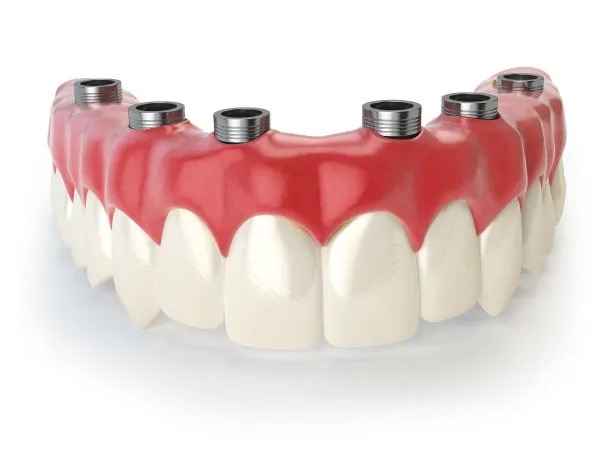The Essential Guide to Extracting a Tooth Safely and Comfortably for Optimal Dental Health
Summary: Extracting a tooth can be an essential dental procedure for optimal oral health. This guide covers important aspects of safe and comfortable tooth extraction, discussing preparation, techniques, aftercare, and when to consult a professional. Understanding these elements empowers patients to address dental issues effectively while minimizing discomfort and promoting recovery. Whether facing a simple extraction due to decay or a complex surgical case, having the right information can make all the difference in the experience. This guide aims to demystify the process and provide insights to ensure a successful outcome.
1. Importance of Adequate Preparation

Preparation is key to a safe and comfortable tooth extraction. Before going under the dentists care, a thorough evaluation of the patients dental and medical history is necessary. This step ensures that the dentist is aware of any underlying conditions or medications that could complicate the procedure. A pre-extraction consultation allows for the exploration of sedation options as well.
Maintaining good oral hygiene before the procedure can also make a significant difference. A healthy mouth minimizes infection risk and enhances healing following extraction. Patients are advised to brush and floss regularly and may be instructed to use an antibacterial mouthwash to further reduce bacteria.
Additionally, food and drink guidelines should be followed. Generally, patients are advised to avoid eating or drinking for a specified period before the extraction, especially if sedation is planned. Adhering to these guidelines prepares the body and mind for the best possible experience.
2. Understanding Extraction Techniques
A tooth extraction can be classified as simple or surgical. A simple extraction is typically performed on visible teeth, where local anesthetic is sufficient, and the tooth can be removed in one smooth motion. Awareness of this technique helps reduce anxiety, as patients can expect a swift process with minimal discomfort.
Surgical extractions, on the other hand, involve more complex procedures, often requiring incisions in the gum to remove teeth that are broken below the gum line. Understanding this technique aids patients in setting realistic expectations regarding recovery time and potential discomfort. Dentists may offer sedation options for those particularly anxious about these procedures.
Moreover, discussing the extraction technique with the dental professional can empower patients and alleviate concerns. Knowing what to expect helps patients better prepare mentally and physically, ensuring a smoother experience overall.
3. Aftercare for a Smooth Recovery
Post-extraction care is crucial for a successful healing process. Immediately after the procedure, patients should follow their dentists instructions regarding pain management, which usually involves over-the-counter pain relievers or prescribed medications.
Maintaining oral hygiene post-extraction is also vital but should be approached with caution. Patients are typically advised to avoid rinsing their mouths forcefully for the first 24 hours to prevent dislodging the blood clot necessary for healing. Gentle rinsing with warm salt water can aid recovery from the second day onwards.
Diet plays a significant role in recovery as well. Soft foods, such as yogurt or applesauce, should be prioritized in the early days. Gradually reintroducing solid foods as comfort returns can facilitate a smoother and less painful recovery.
4. When to Consult a Dental Professional
While many extractions are routine procedures, certain situations warrant immediate consultation with a dental professional. Symptoms such as excessive bleeding, severe pain, or signs of infection like swelling and fever should be addressed promptly.
It’s equally essential to have follow-up appointments to ensure proper healing. At these visits, the dentist will check the extraction site and advise when normal activities can be resumed, including brushing and eating normally.
Moreover, patients should be aware of how to identify potential complications. Developing a keen sense of when something isnt right can expedite treatment and minimize long-term issues, ensuring optimal dental health.
Summary:
Tooth extraction, while daunting, can be approached safely and comfortably through proper preparation, understanding extraction techniques, diligent aftercare, and recognizing when to seek professional help. Patients equipped with the right knowledge can manage their dental health effectively and minimize discomfort during this necessary procedure.
This article is compiled by Vickong Dental and the content is for reference only



